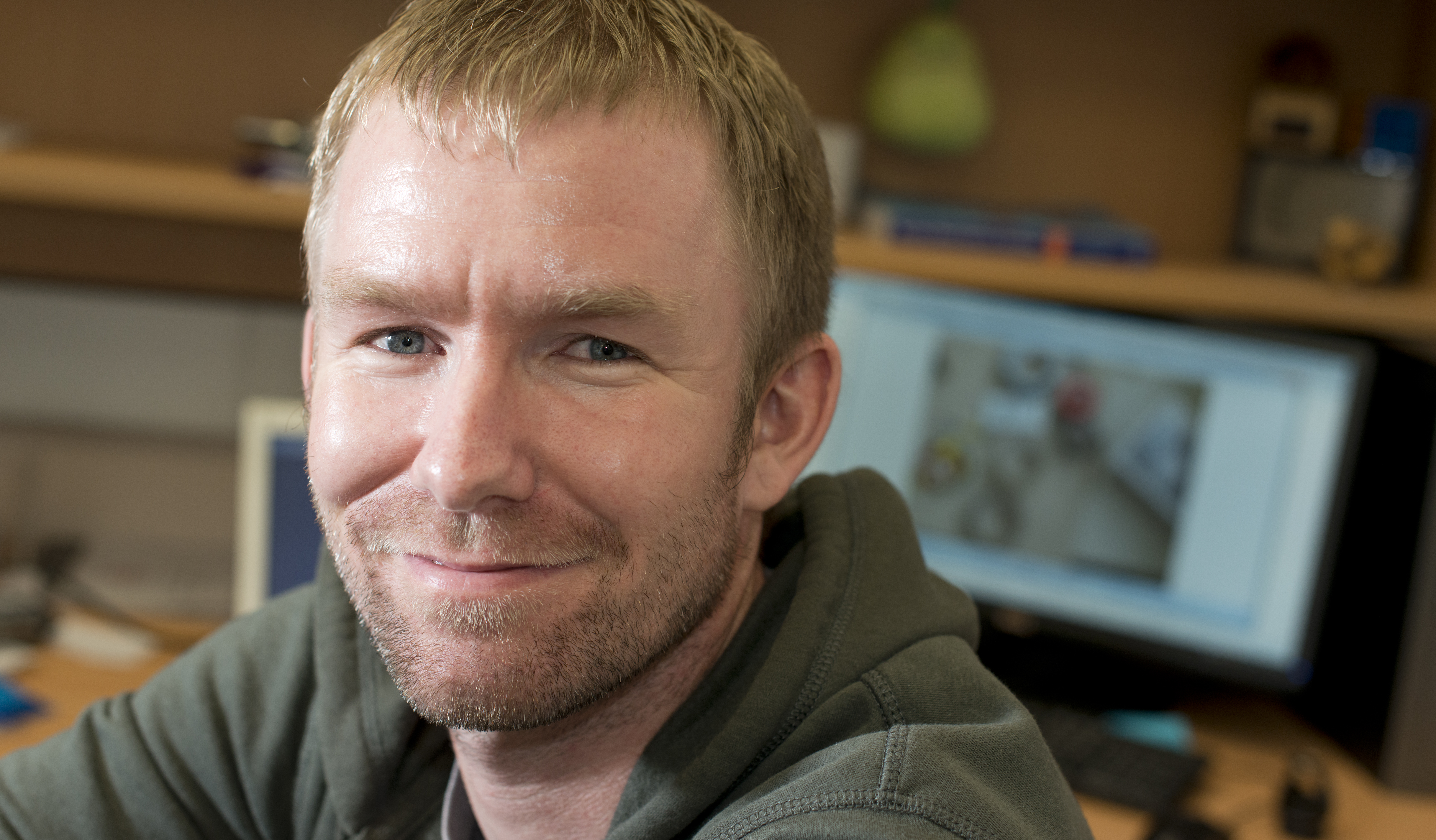After publishing a report that could help authorities identify the most most likely targets for a terror attack, PhD candidate David Romyn, from Griffith’s School of Applied Psychology, discusses the difficulties with researching terrorism.
While the number of terrorism-related research publications has risen exponentially in the past decade, many of these articles are not based on actual data. Most of those that are data-based employ descriptive, rather than inferential statistics.
Part of the problem is that terrorism is a relatively rare event, when compared to many other violent crimes. Plus some aspects of attacks, particularly regarding how they are planned, are simply not known. When that information is known, the difficulty in accessing it is often classified, and therefore difficult to access. While there are some excellent publicly-accessible databases available, the information within these databases doesn’t allow researchers to drill down very far into the details regarding how the attack came to be. Questions such as ‘what influences target selection?’ or ‘how do terrorists conduct reconnaissance?’ are all extremely relevant to both researchers and police but simply cannot be investigated in detail using publicly-accessible information.
One way around this problem is to conduct research on non-terrorists in an experimental environment, observing how they carry out specific terrorism-related tasks. In this setting, the actions of the non-terrorist participants can be used as a source of data to infer what a terrorist may do in the same situation. This research design can provide detailed insight into aspects around terrorism that wouldn’t be available to either researchers or counter-terrorism police. However, care does need to be taken as to what information is gathered.
The thin line between useful and dangerous
Conducting research investigating the best way to conduct a terrorist attack can be useful to inform police as to how to prevent terrorist attacks. However, this information would also be extremely useful to a would-be terrorist. Any research conducted on aspects of terrorist attacks needs to consider whether the results would make a terrorist attack more likely to be successful.
There are some ways this concern can be addressed, such as keeping particular details of research results deliberately vague, or by focussing on aspects that are not critical to the success of an attack. For example, research investigating aspects of planning that are common (e.g. how reconnaissance is conducted) but not critical (e.g. best place to plant a bomb) to the success of an attack. Another way to provide information that is more useful to police than to terrorists is to focus research on what a lay-person would do rather than what an expert would do.
Most terrorists aren’t experts in terrorism. They’re usually no more qualified than anyone else on the street, and what knowledge they have comes from sources of varying quality. The methods they employ and the reasoning behind those methods, is usually based on very limited experience.
With this in mind, the most valid research would have lay people, rather than experts, filling the ‘terrorist’ role to create data on which to base research. Results from such research would provide insight into what the most likely, rather than the best, way of conducting a terrorist attack may be.
To read the media coverage surrounding David Romyn and Professor Mark Kebbell’s report Red-Teaming Terrorist Attacks: A Simulation Approach please visit: http://www.couriermail.com.au/news/queensland/griffith-university-researchers-defend-publication-of-list-of-australias-most-likely-terror-targets/story-e6freoof-1226639614356
